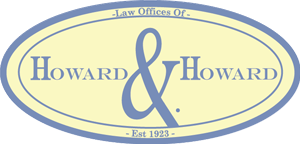Car accidents in Virginia happen every day, and in a perfect world, it would be easy to determine which driver was at fault. Unfortunately, drivers are not always honest, some are underinsured or uninsured and it is often hard to tell what happened if you are involved in the accident. Esurance gives a simple explanation of how fault is determined after a car accident and who is required to pay.
There are several types of negligence that may be in play in a car accident. The first is comparative negligence. This means that you can make a claim against the other driver’s insurance company if the percentage of the accident that is your fault is less than the other driver’s. This allows you to seek compensation that is reflective of your degree of responsibility for the accident.
The next type of negligence is modified comparative negligence. These rules limit your ability to file a claim against the other driver’s insurance if you are more than 50% responsible for the accident.
The third type is contributory negligence. This is the black and white option when a person is deemed responsible for an accident. This requires that you have no responsibility for the crash. For you to get compensation for injuries or car repairs, you would need to be completely blameless in the accident.
In most accidents, police reports are used to determine who was at fault for the accident. Using the statements of witnesses and physical evidence, law enforcement officials are more equipped to determine fault than the driver involved. If you are in an accident, it is important that you do not admit fault at the scene and that you gather any evidence you need to prove you were not at fault.

